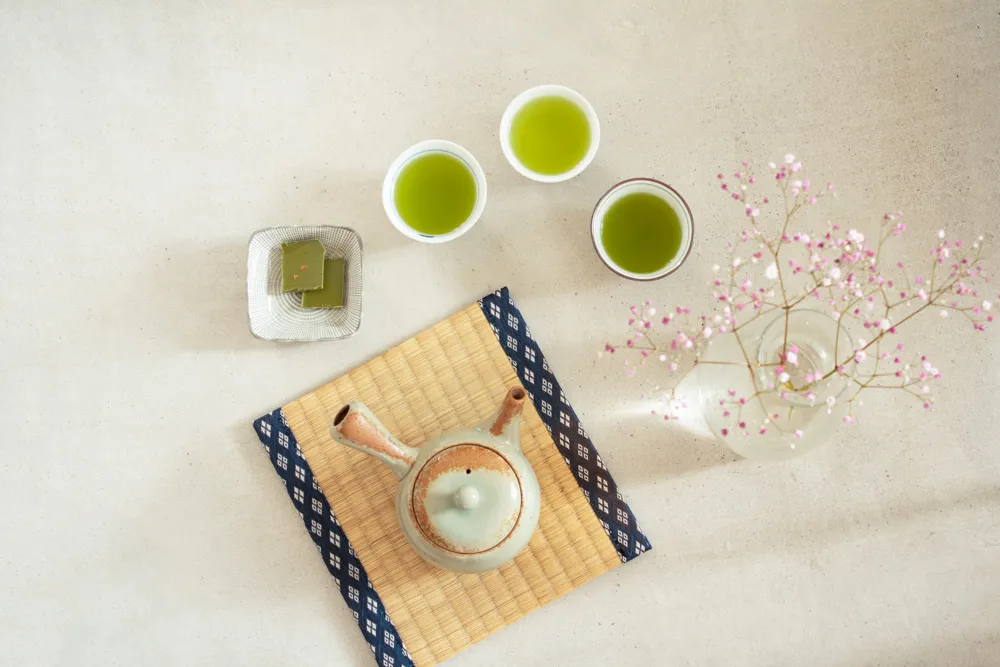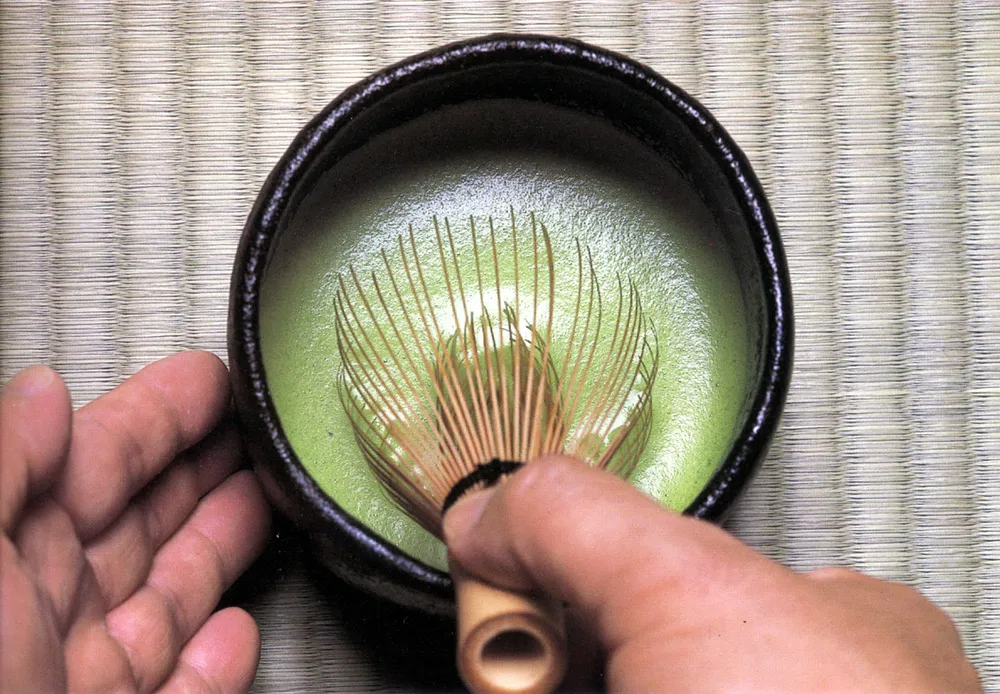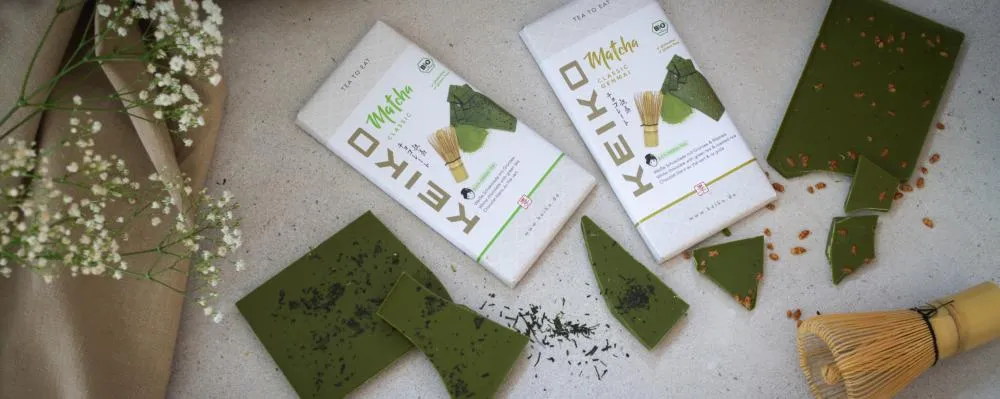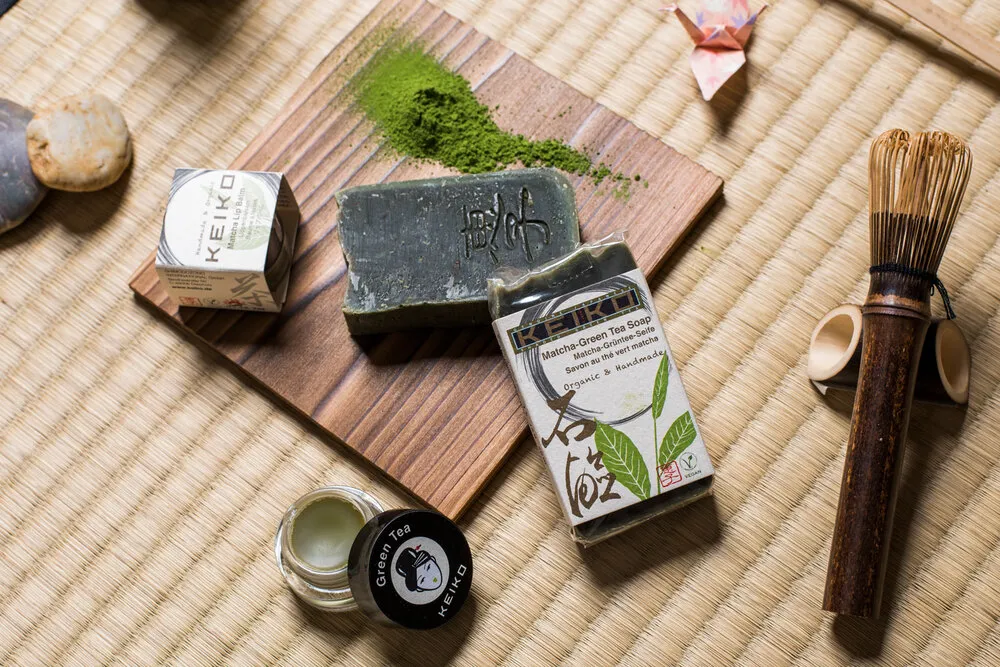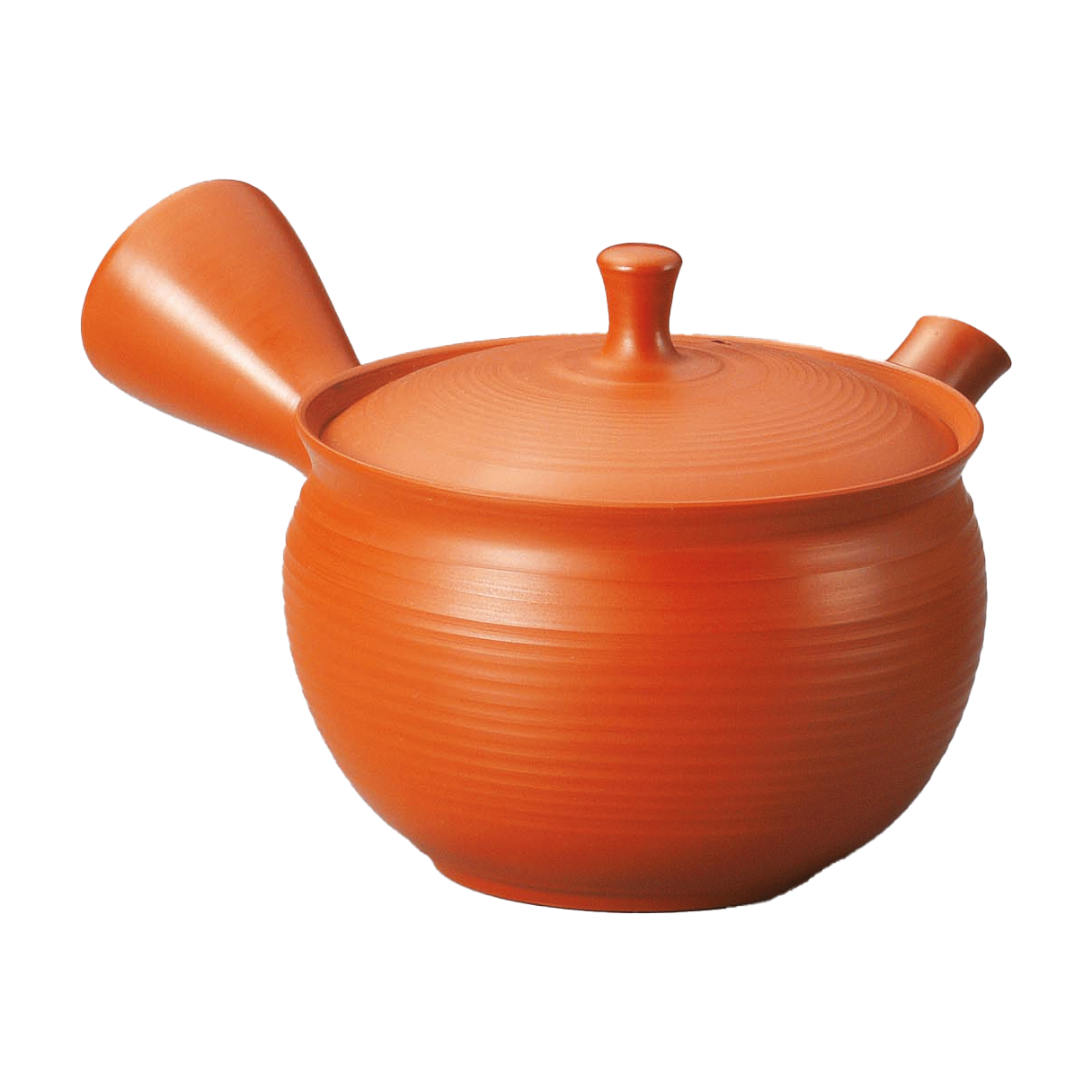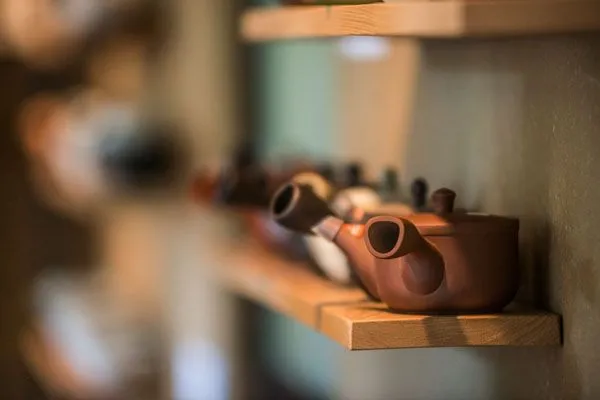
Teapots
Choose a size that suits your drinking habits. Please note: the higher the quality, the smaller the pot can be. Premium green teas are infused several times and enjoyed in smaller cups. The capacity of the pot should be roughly the same as the capacity of the bowl. If there are several people, the pot should be correspondingly larger or the infusions should be divided between the cups.
Kyusu side handle teapots are commonly used for Japanese green tea. The swirling motion when pouring ensures that the tea leaves are swirled around and release more flavour and active ingredients with each swirl.
Houhin are pots without handles, which are suitable for travelling or for left-handers due to their compact shape.
The Handmade pots often have a clay sieve with more or less large holes. Should a tea leaf or two get through, it's no big deal - on the contrary: in Japan, a tea angel floating upright in tea is even considered a lucky charm. There is also a lot of goodness in the leaves - so feel free to use the tea leaves in smoothies, Pesto and the like!
Available, delivery time: 1-3 working days (in Germany)

